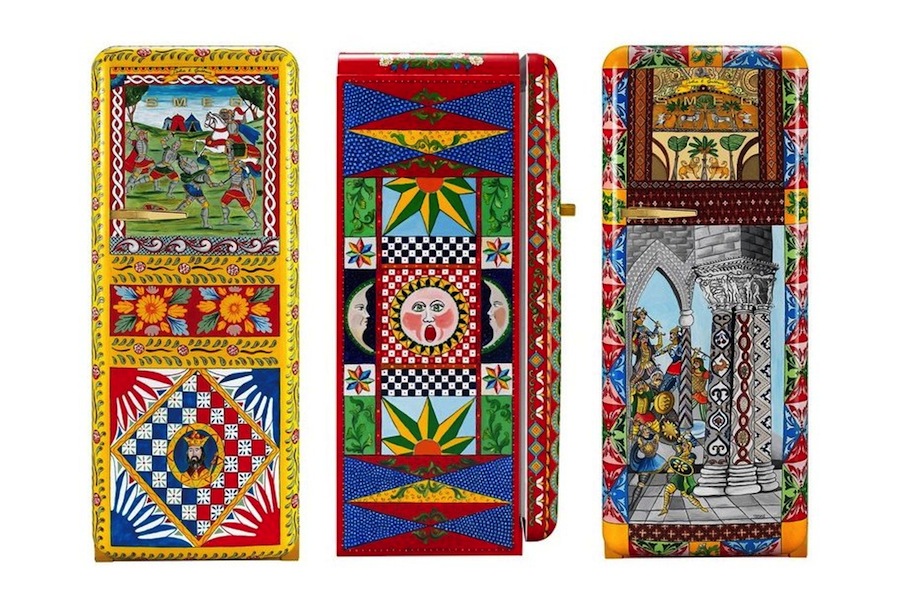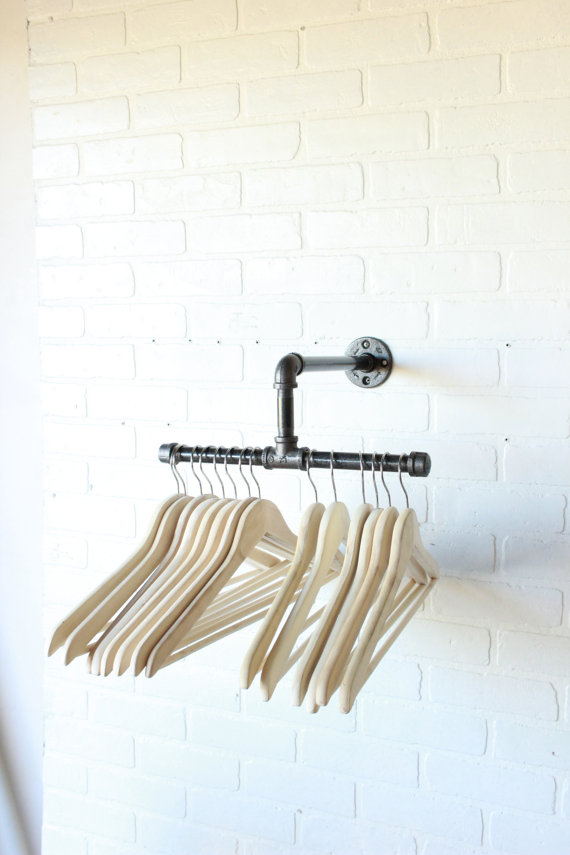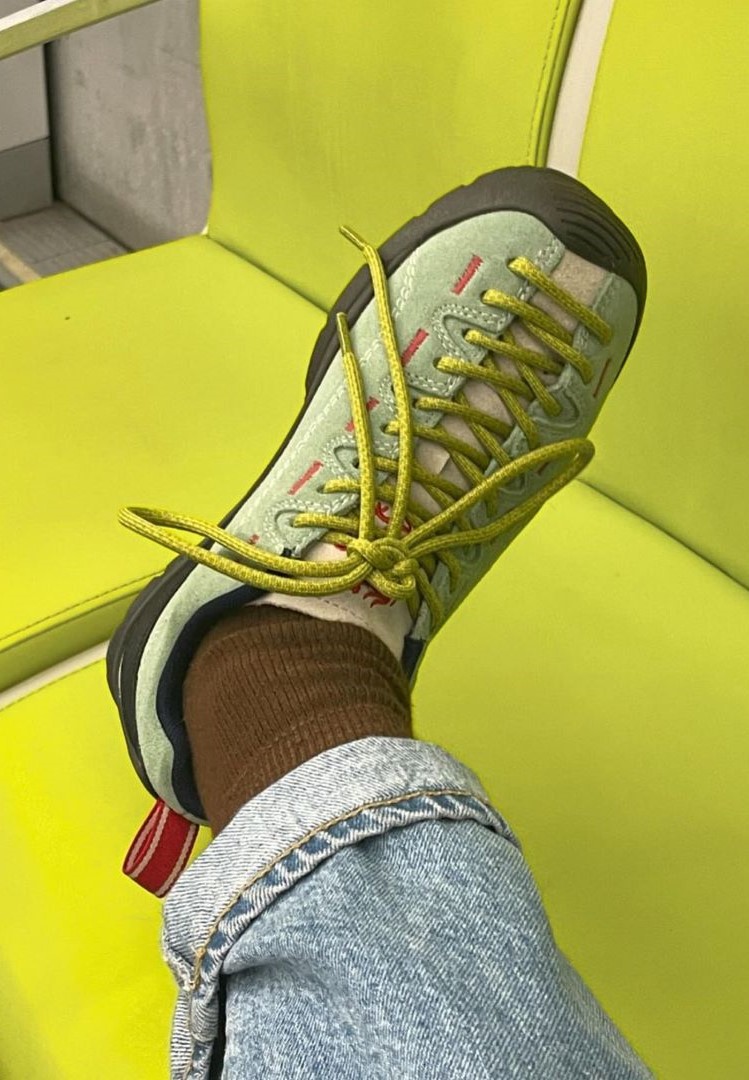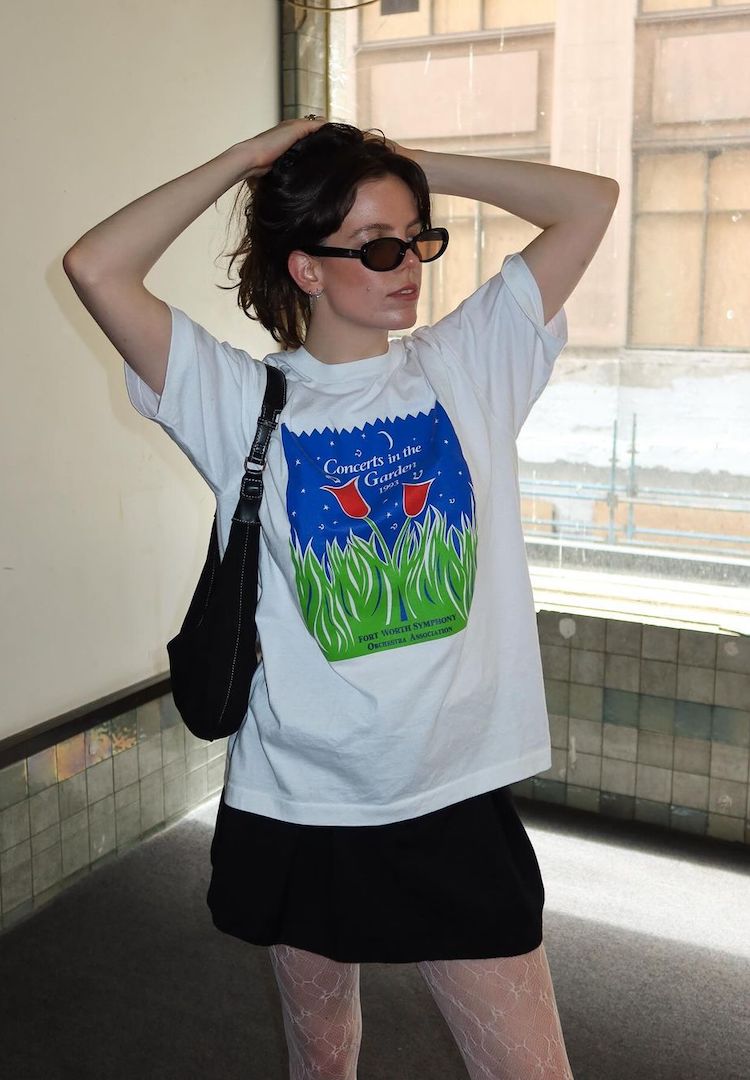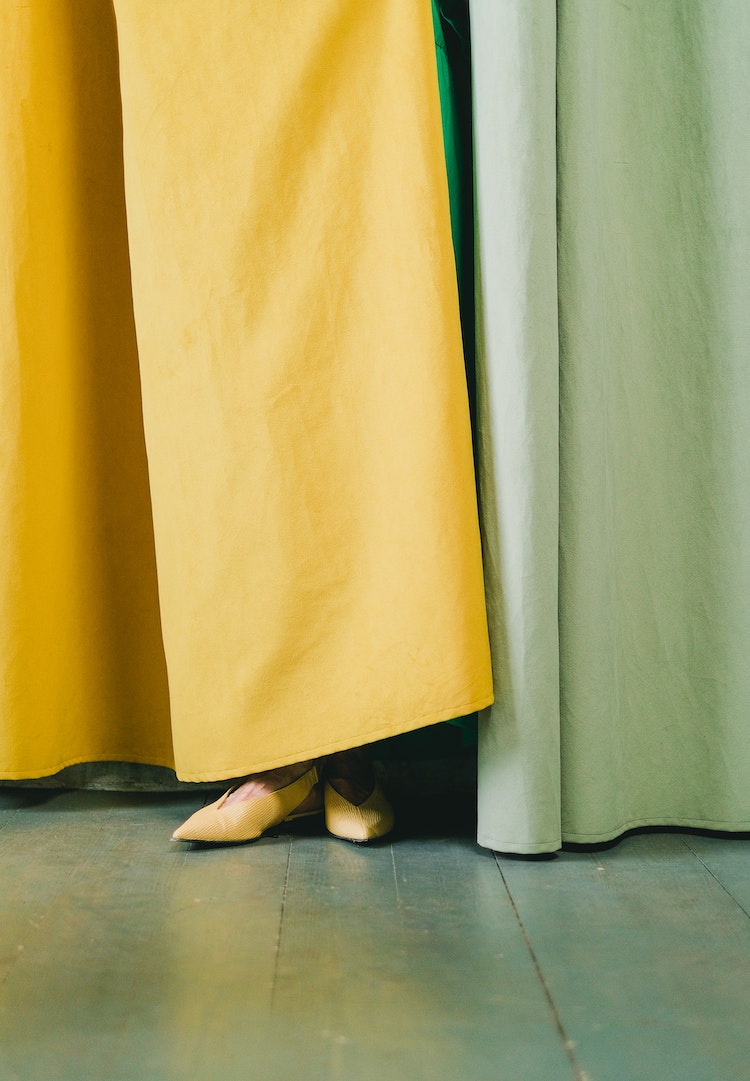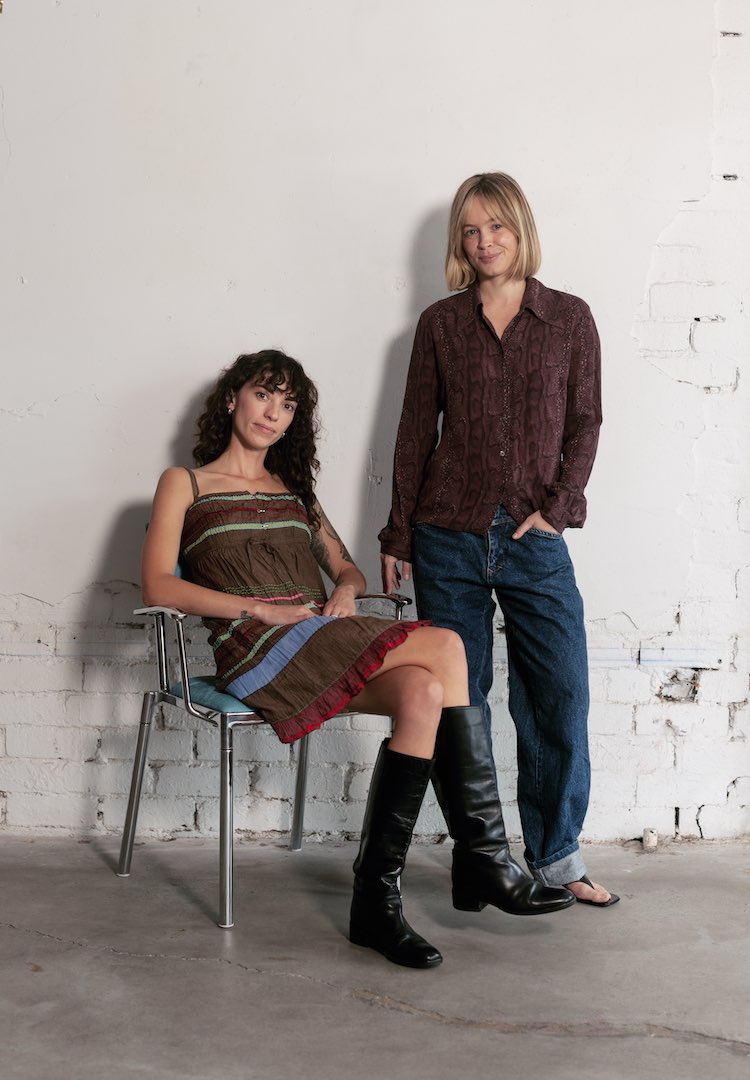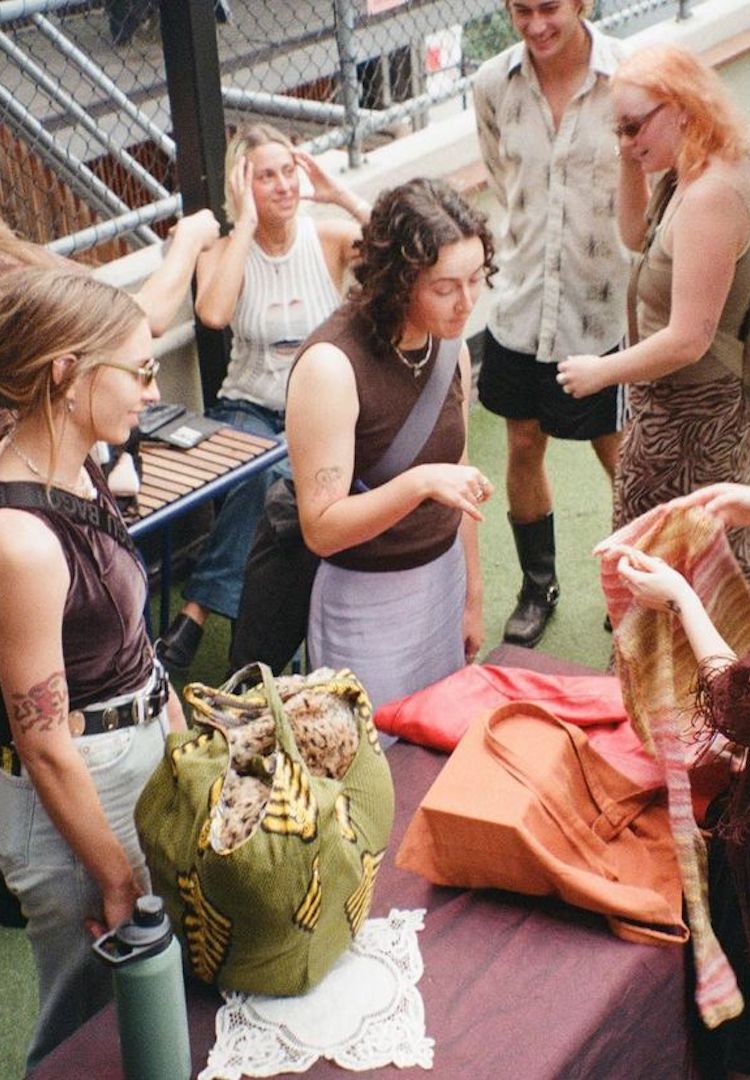East Africa wants to ban your clothing donations to boost local manufacturing
It could be harmful than helpful.
The East African Community – an alliance of Kenyan, Tanzanian, Ugandan, Rwandan and Burundian governments – wants to outlaw the import of secondhand and donated clothing from wealthier countries by 2019. Their intention is to boost local manufacturing and augment their local textiles industries by ending this trade in old clothes. It’s an interesting situation…
One thing you probably don’t know is that the used-clothing trade is extremely lucrative in EAC countries. Put simply, it relies on wholesalers purchasing cheap bundles of clothes at any price, up to $100(AUD). The wholesalers sort the clothes by type and quality, before selling on to retailers. These retailers put their own capital at risk in assessing how much each item is likely to sell for. They then sell to locals, many at markets as small stallholders.
In Kenya alone, the old clothes trade is absolutely massive. It’s a huge employer, with 65,000 traders in Gikomba market, just near Nairobi. In 2015, the UN estimated that 18,000 tonnes of donated clothing came from Britain alone. In Uganda, secondhand garments account for 81 per cent of all clothing purchases. So yeah, it’s preeetty B.I.G.
The EAC’s plan to ban clothing donations is one sizeable call to make. And to be fair, it has fairly good intentions.
The EAC’s argument is that new, better jobs can and will be created in the textile industry with the cessation of secondhand trading. They argue that if this happens, the EAC States won’t be so reliant on wealthier countries’ donations and will become more economically self-sufficient. Its aim is to expand the donation-wholesale-retail chain into involving local designers, textile manufacturers, fabric and garment makers, wholesalers and retailers. It’s an ideal outcome.
But is banning the import of old clothes a direct means of boosting local manufacturing? The two don’t necessarily correlate, right? It’s tricky, and many retailers aren’t so happy about the proposed change. Many think it’s all tip and no iceberg.
For example, for the ban to work, East Africa’s borders will have to be effectively “closed off” and constantly policed to prevent the import of donated and secondhand clothing. It also opens up the possibility of smuggling and further criminality, and means EAC governments will lose the 35 per cent tariff on legal imports of these clothes.
Whether the ban will actually be implemented is uncertain at this stage. It’s still early days, with the EAC Heads of State yet to reach an agreement.
We’re interested to see which way this will go.

